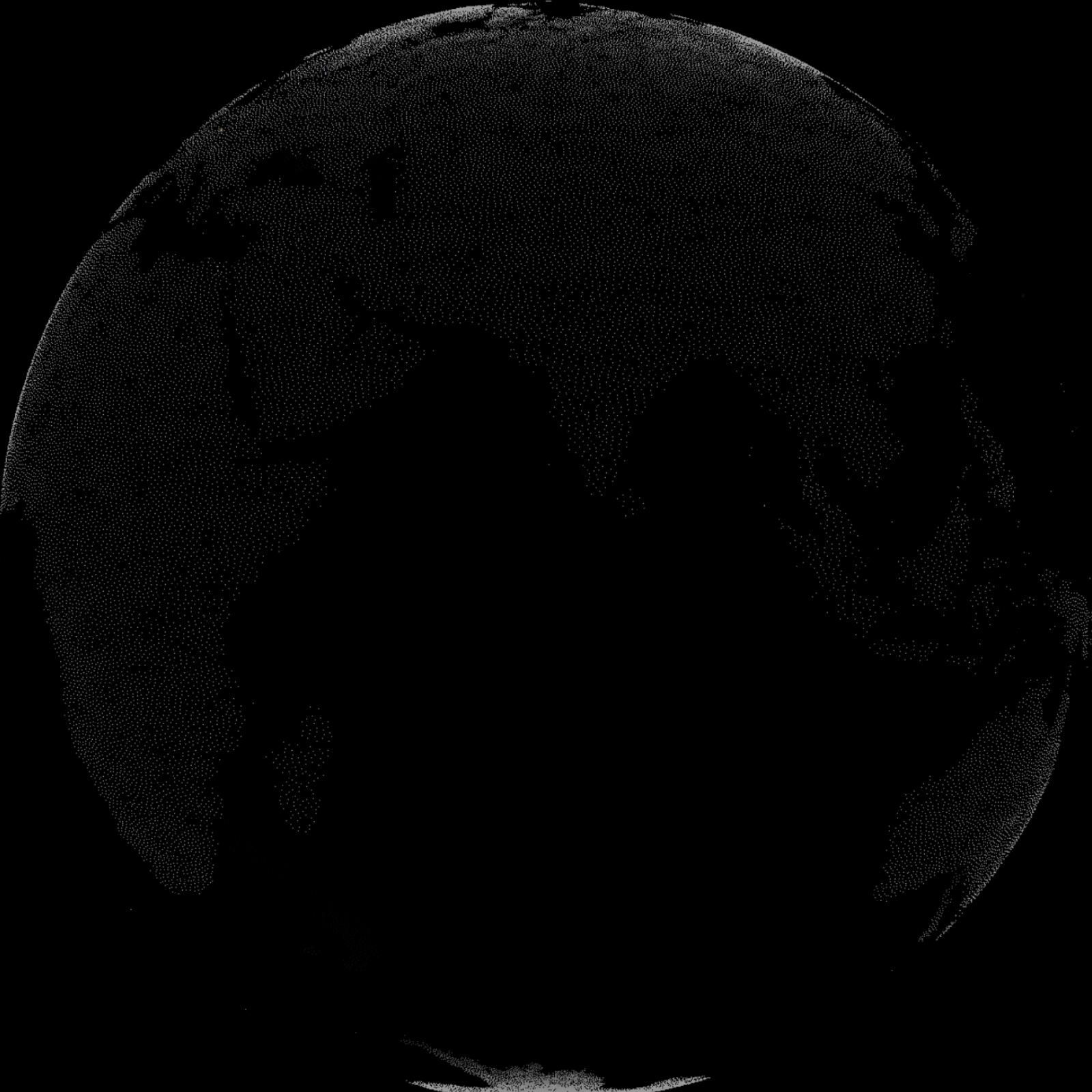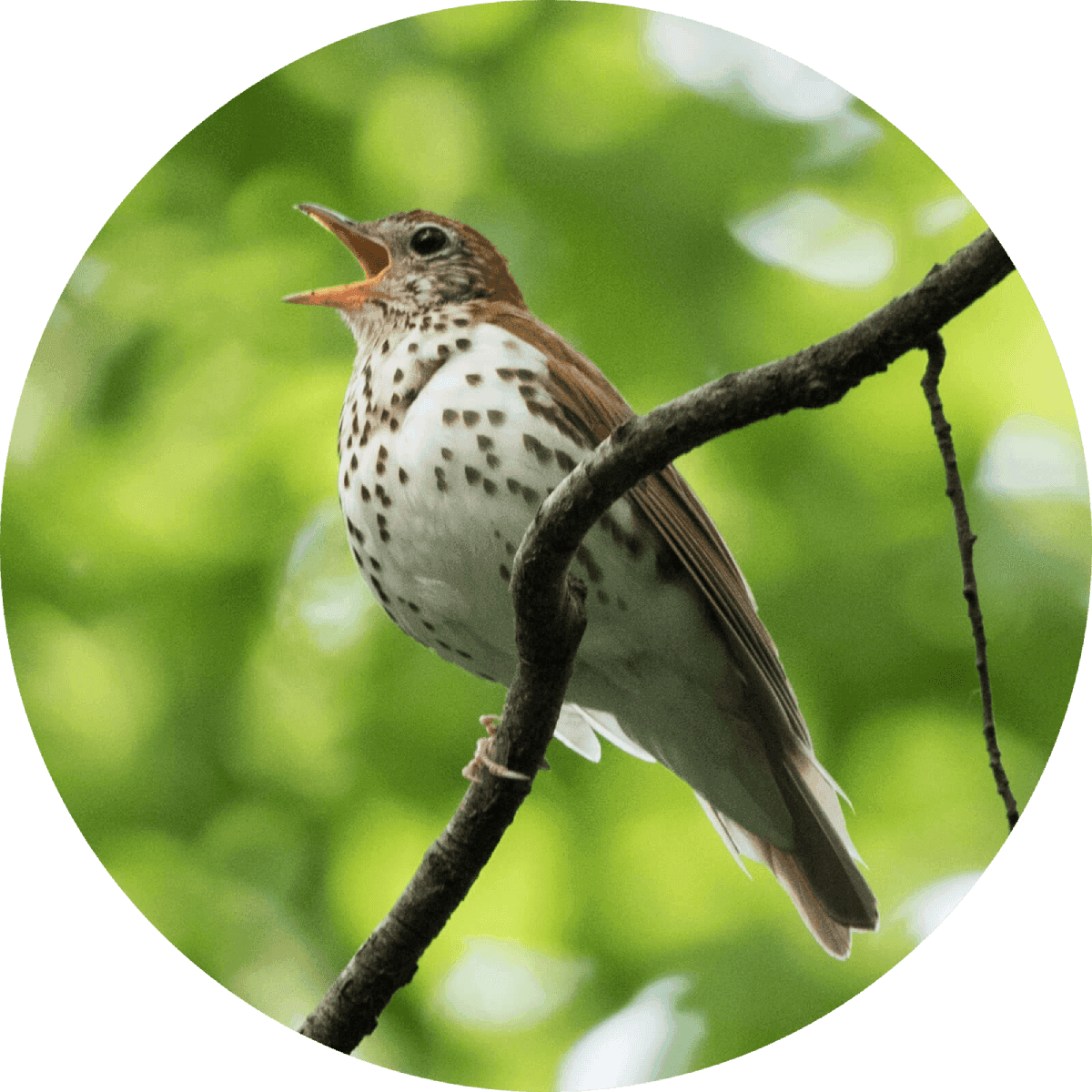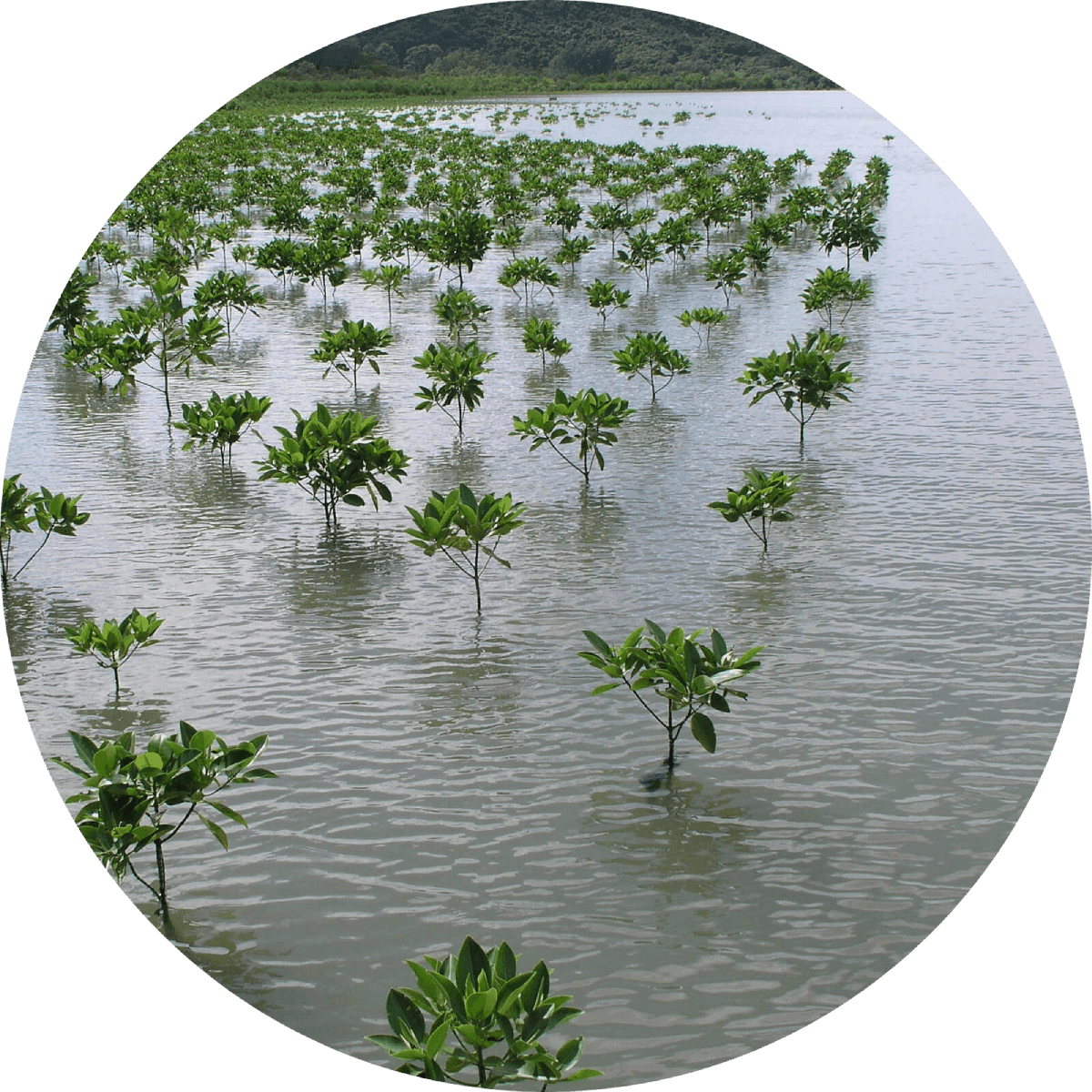“The buffalo is important to Indian communities, to our people culturally and ecologically to our lands . . . We know bringing them back will not only heal our people but also help us with the changes we see on our grasslands due to drought. And for Buffalo Nations to be successful, we need funding support for Tribal research partnerships and for the buffalo that our communities benefit from.”
"In a concerning trend . . . for the second year in a row, grassland plow-up across the Great Plains has continued to accelerate . . . Within the Northern Great Plains (NGP), the Great Plains’ most intact region, nearly 600 thousand acres were plowed up during this same period . . . To hold the projected rise in temperatures below 1.5º C, the [Intergovernmental Panel on Climate Change] urges a 50% cut in the world’s current emissions. And while curbing the current rate of deforestation and forest restoration are critically important steps, grasslands conservation and restoration, especially in the United States, must also be part of the solution."
"'Every year, we go to Nebraska to harvest Pawnee corn in late August . . . After bringing the corn back to Oklahoma, we do a ceremony. Some of the harvested corn becomes seed, while some is used to feed the people.' Beans, squash and Pawnee watermelon are other crops that remained untouched from chemicals and pesticides."
“When an airplane flies over and the grouse is trying to call, they're competing for space on the frequency spectrum. The grouse and the airplane interrupt each other.”
“. . . vegetation across the prairie uses fall as a time of rest after a long period of growth. More energy is focused on the buds, rhizomes, and root systems, laying a foundation for the next year's growth. Ripened berries and foliage can provide food and shelter for birds and small mammals, as well as wintering sites for insects . . . As the bison rut winds down, two of the prairie's other ungulate species — elk and pronghorn — begin their annual mating cycles.”
“The story of the greater prairie chicken is the story of so many species . . . Their decline mirrors the decline of the prairie, and all the species that depend on it. There’s an interconnectedness to the greater prairie chicken story.”
“This is way more proximate to a hell of a lot of more people in the United States of America. What happens here in land use has implications — not just if you’re a duck hunter and you want to shoot a gadwall in Louisiana that’s produced in Sheridan County, North Dakota. It has implications [for] what’s happening in the Gulf of Mexico. It has consequences [for] what’s happening in Sioux Falls — with water quality, carbon sequestration values, [and] incredible biodiversity richness.”
“On May 6, the American Prairie Reserve finalized the purchase of the historic PN Ranch north of Winifred, Montana. The 50,000 acre, working cattle ranch will be gradually transitioned from beef to a natural prairie, where bison and a host of other animals will roam . . . The ranch adds a significant piece to the total 353,000 acres now owned or leased by American Prairie Reserve . . . the ranch area was thought to host campsites for Blackfeet and other Native American groups. Lewis and Clark made camp there in 1805 . . . The ultimate goal of the reserve project is to bring back an intact, healthy prairie ecosystem . . . an iconic American landscape that once dominated the West.”
"The switch to GMO crops has brought a fierce debate about . . . the unintended drift of patented genes into other populations of plants, and the rights of small farmers. ‘Patented, genetically modified seed has had and will continue to have a harmful effect on farmers. Historically, the farming process continued from one year to the next year. A farmer would almost always save a portion of his harvest each year to use for seed the next year.’"
“Today, just 3 percent of North America's tallgrass prairie remains. Its disappearance has had a dramatic impact on the landscape and ecology of the U.S., but a key consequence of that transformation has largely been overlooked: a massive loss of soil carbon into the atmosphere . . . scientists say that regenerative agricultural practices can turn back the carbon clock, reducing atmospheric CO2, while also boosting soil productivity and increasing resilience to floods and drought.”
". . . prairie dogs have been poisoned with bait, suffocated with gas, drowned and shot. Thousands more have been vacuumed out of their dens so that they could be relocated or, more often, offered a "humane" death. The result of this relentless and sometimes gleeful campaign of extermination has been a 98 percent reduction in the population of black-tailed prairie dogs since 1900."
"Since 1830, the declines of the native prairie exceed those reported for any other ecosystem in North America . . . Perhaps the most negative effect of the loss of this biome has been on the diversity of prairie species. Of the 435 bird species that breed in the United States today, a documented 330 breed on the Great Plains . . . As a group, grassland breeding bird species have shown the most dramatic and widespread decline of any other guild of birds during the last 25 years."
“As farming systems have become more efficient in the last 100 years, the rate of agricultural impact on the land has accelerated. And soil erosion and water pollution have become serious problems for the nation. Soil is being lost faster than it's being created on 48 million acres from wind erosion and on an additional 28 million acres from water erosion. That represents about 70 percent of the arable acreage of the Great Plains.”
“'You people are doing the most important thing of any group, Indian or non-Indian, that’s going on today . . . by bringing this animal back, this animal that has tremendous power, you’re going to change everything in the Great Plains.' Herds under the care of Native Americans rose from fifteen hundred animals to more than nine thousand head in 1999. At the same time, reservation bison range increased by one hundred thousand acres.”


Learn about Maya Lin’s fifth and final memorial: a multi-platform science based artwork that presents an ecological history of our world - past, present, and future.

Discover ecological histories and stories of former abundance, loss, and recovery on the map of memory.

Learn how we can reduce our emissions and protect and restore species and habitats – around the world.

See how art can help us rethink the problems we face, and give us hope that each one of us can make a difference.

Help make a global memorial something personal and close to home. Share your stories of the natural world.